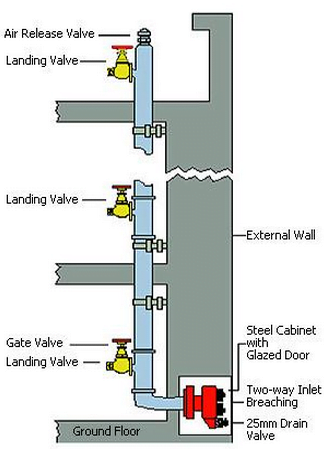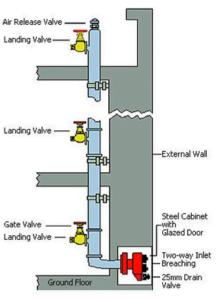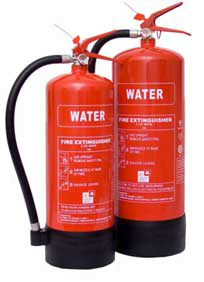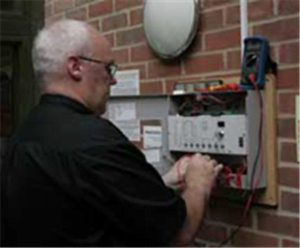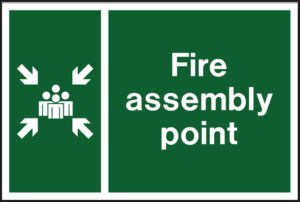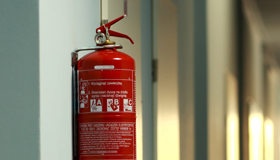Dry Risers: The what, why and how of the vertical pipe system
A ‘dry riser’ is quite simply a vertical pipe system, consisting of inlet valves, pipe work and outlet valves. The system is designed to be attached to a fire engine tank within 18m of it’s inlet valve. The pipe enables water to be delivered to multiple levels of a building as part of the fire suppression system, allowing access to the system from within the building at various outlet valves.
The opposite of a ‘wet riser’, dry riser pipes stand empty of water but should also be housed within a fire resistant shaft. The building regulations requirements state that all buildings over 18 meters should be fitted with this system, ensuring that taller buildings and compartmentalized areas, such as hospital corridors, are allowed easy access to water in the event of a fire.
Dry riser regulations:
The building regulations surrounding the installation of a dry riser is the are pretty simple and they follow guidelines set by the British standard code of practice.
Firstly dry riser regulations state that they should be installed in buildings where the floor is 18 metres above ground level to 60 metres above ground level.
The consideration for the design of the dry riser mains should be that all of the fittings and pipe work should be made out of galvanized wrought steel.
Before installation building regulations must be adhered to and if needed planning permission sought.
The fire service should be consulted and their advice on a suitable position for the units to be installed taken. This is because they will be the ones doing all of the work and using the equipment therefore it needs to be to their standards.
The dry riser should be situated near a water supply so that adequate flow can be obtained for fire fighting purposes.
A dry riser will need to be checked and serviced twice a year under regulations that state a professional company must come in and conduct a full test annually whilst also going six monthly checkups.
http://www.dryrisersystems.co.uk/dry-riser-regulations.html
